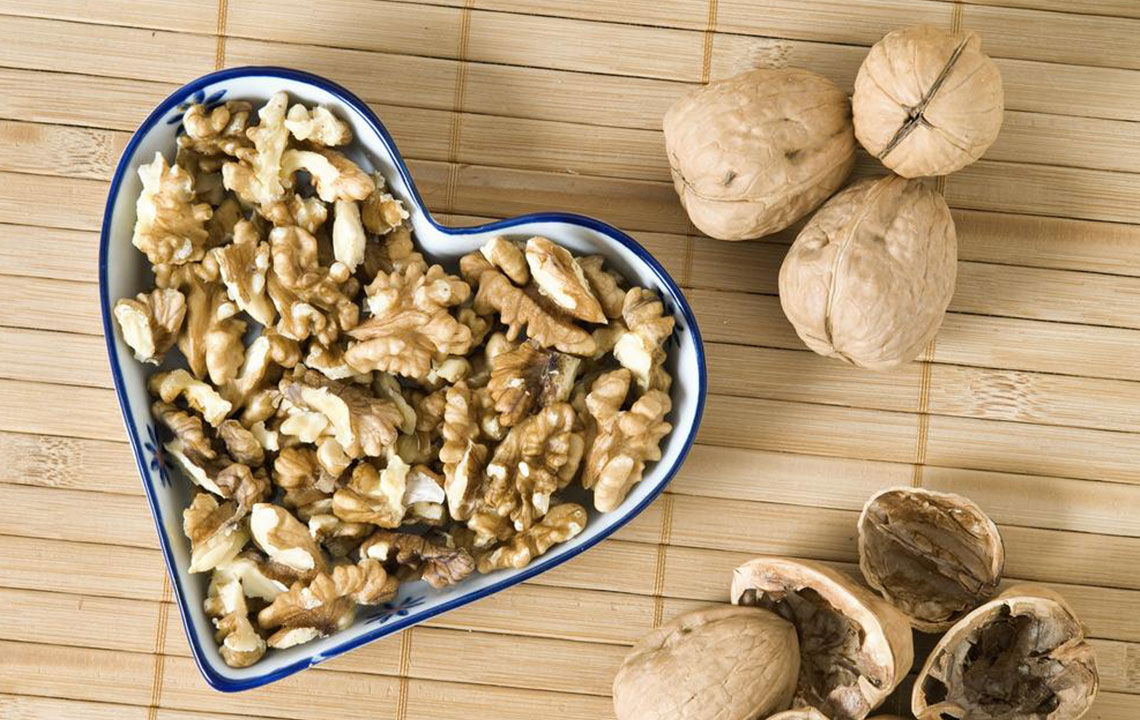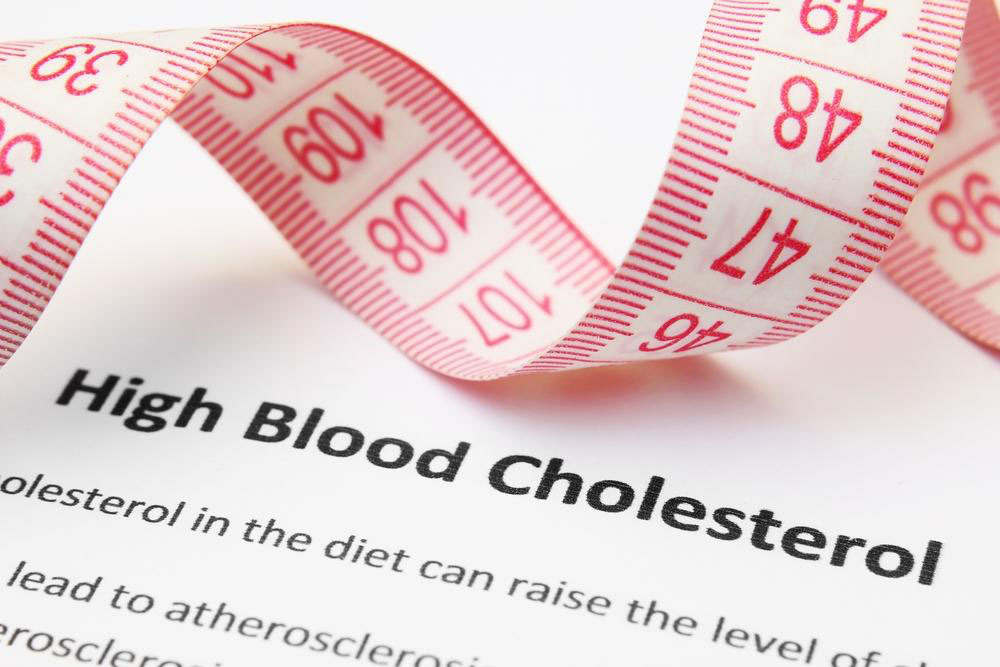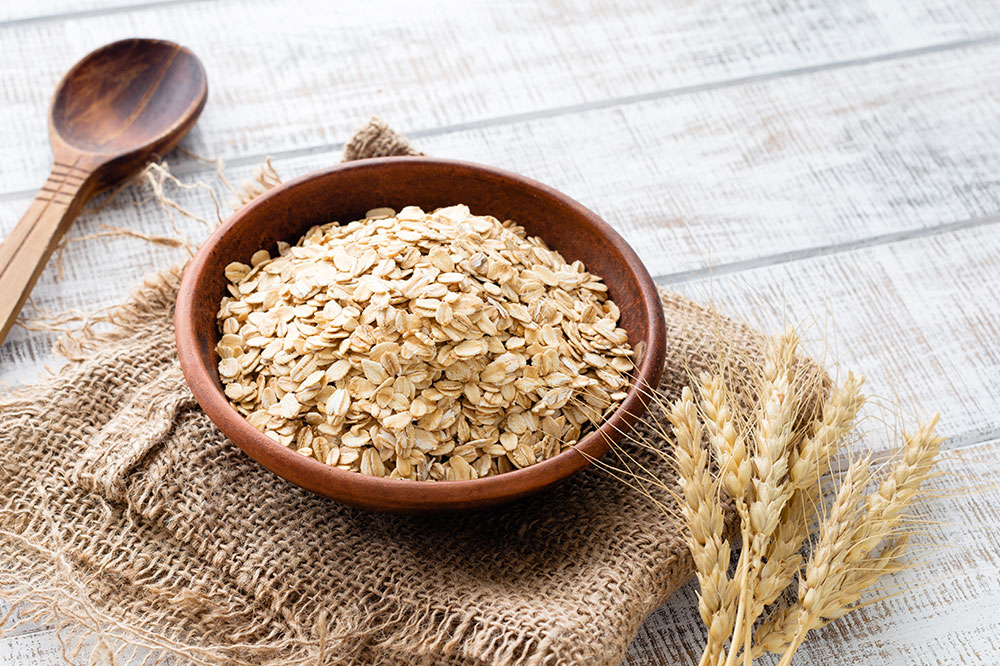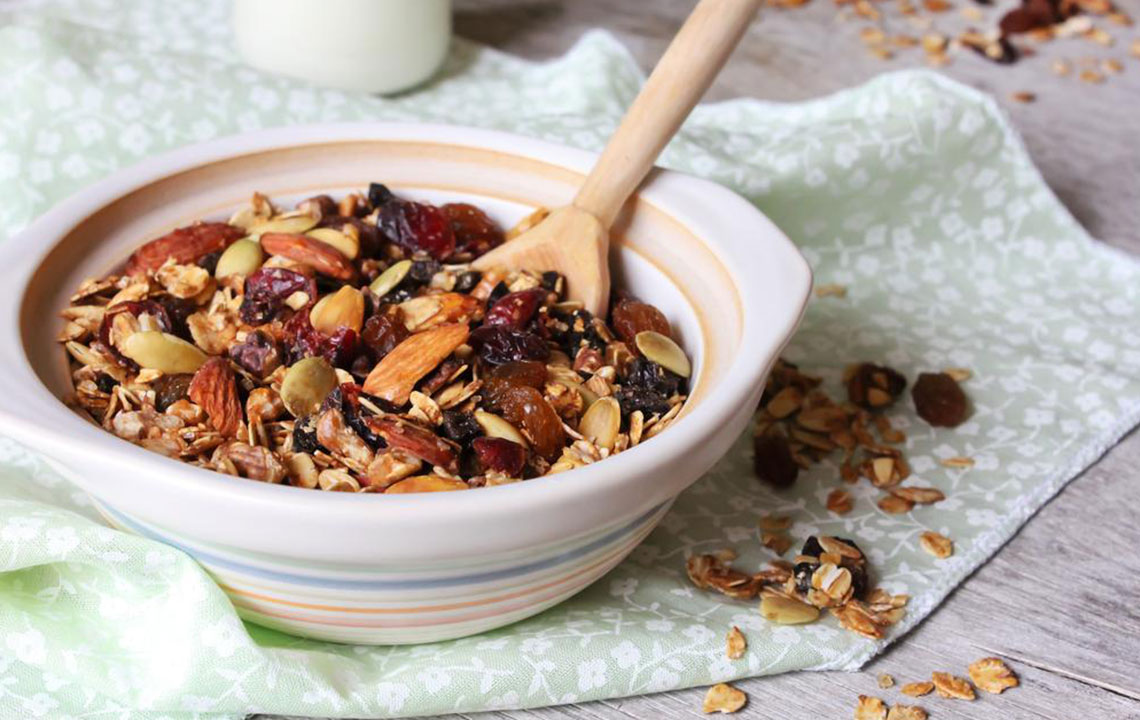Effective Strategies for Detecting and Managing High Cholesterol Levels
Learn effective methods to diagnose and control high cholesterol levels. Regular testing, lifestyle changes, and medications are key to preventing heart diseases. Discover the different types of cholesterol, ideal ranges, and tips to maintain healthy levels for overall cardiovascular health.
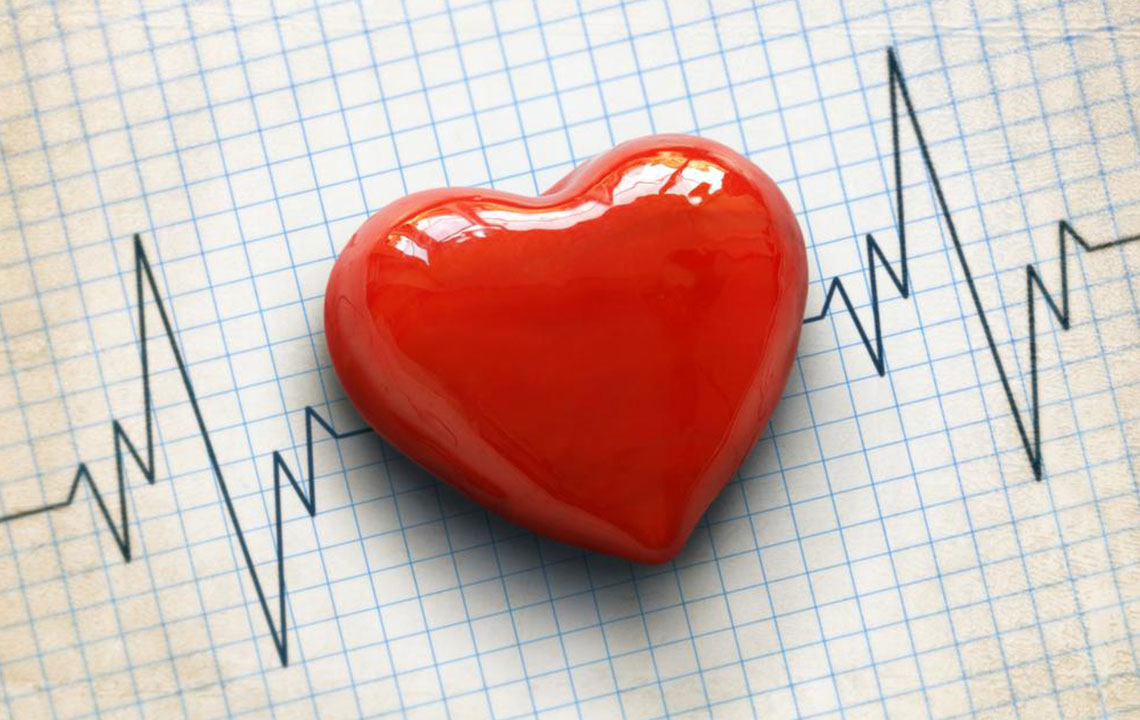
Effective Strategies for Detecting and Managing High Cholesterol Levels
Cholesterol, a fatty substance found in the blood, is vital for maintaining healthy cell membranes and supporting hormone and vitamin D synthesis. While essential, elevated cholesterol can block arteries and increase heart disease risk. Our daily diet, particularly foods rich in saturated fats, significantly influences cholesterol levels. Regular testing is crucial to monitor these levels and implement corrective measures promptly.
In the US, the average daily cholesterol intake exceeds recommended limits at around 307 mg, emphasizing the importance of routine screenings. Most ingested cholesterol is in a form the body poorly absorbs, leading to accumulation and increased blood cholesterol levels. To maintain healthy levels, the body reduces its own cholesterol production to balance intake.
Types of Cholesterol and Their Significance
High cholesterol levels indicate lipid disorders like hyperlipidemia or hypercholesterolemia. Blood tests measuring different cholesterol types provide detailed insights. The primary categories include:
Total Cholesterol: Overall cholesterol in the body, comprising HDL and LDL.
HDL (Good Cholesterol): Helps remove cholesterol from arteries, lowering heart attack risk. Foods like fish, nuts, olive oil, and whole grains boost HDL levels.
LDL (Bad Cholesterol): Causes artery clogging. Excess consumption of eggs, red meat, processed foods, and dairy increases LDL.
Triglycerides: Blood fats associated with obesity, alcohol intake, smoking, and high-carb diets. Elevated levels raise cardiovascular risks.
Target Ranges for Cholesterol Levels
Total Cholesterol: < 200 mg/dL is ideal, 200-239 mg/dL is borderline, ≥240 mg/dL is high.
HDL: ≥60 mg/dL is desirable, 40-59 mg/dL is moderate, <40 mg/dL is low.
LDL: < 100 mg/dL is optimal, 130-159 mg/dL is borderline high, ≥160 mg/dL is high.
Triglycerides: <100 mg/dL is ideal, 150-199 mg/dL is borderline, ≥200 mg/dL is high.
To reduce high cholesterol, lifestyle modifications are vital. This includes decreasing intake of fatty, processed foods and alcohol, increasing consumption of fruits, vegetables, cereals, and legumes, and engaging in regular physical activity. Managing weight and burning fats through exercise prevent cholesterol buildup. If levels remain high despite these measures, medication prescribed by a healthcare provider may be necessary. Regular screening helps detect issues early, protecting against heart diseases.

